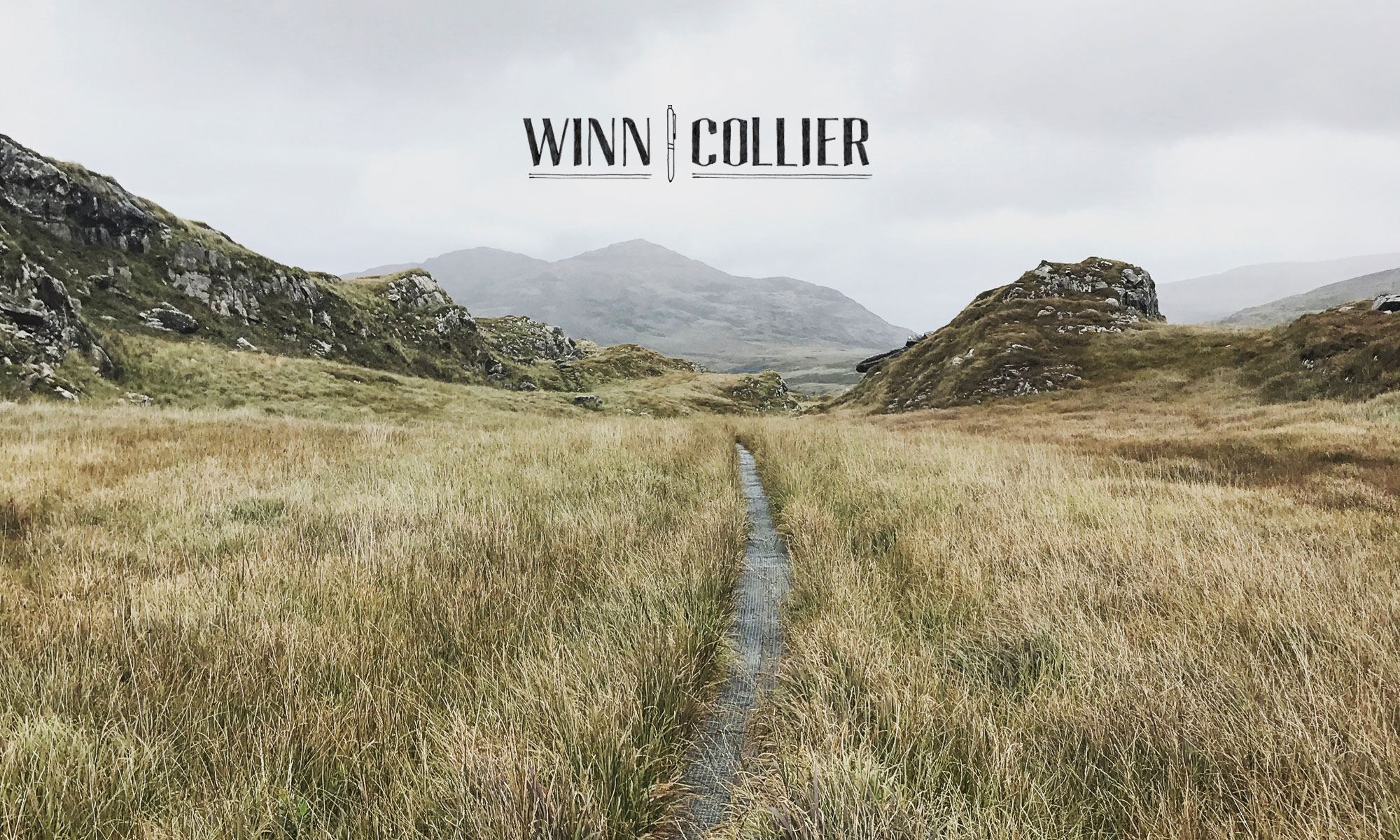Dear John,
I told you that we had to bring down the big, old Ash in our front yard. Years ago some mortal wound pierced its mammoth trunk, and over the years since, the rot and the carpenter ants have done their business. It was a sad day when I watched the crew bring that great tree to her knees. However, yesterday was the day of joy. We were out early, Wyatt and Seth and me along with a handful of friends and neighbors. We were all wearing flannel and heaving axes and gunning a hydraulic splitter. It was grand. There’s something about having work to do, work you are responsible for, work that has defined parameters and objectives: cut the logs, split the stumps, stack the firewood. This was a mother bear of a tree, so the work’s not yet complete – but I see clearly what needs to be done and I know how, if the weather and my back holds, I’m supposed to do it. So little of my life feels this straightforward, this immediate, this grounded. I know something now I did not know when I was younger: I have to stay grounded. I have to be among the trees. I have to be under the night sky.
That’s what connects us both to folks like Kent Haruf or Wendell Berry or Mary Oliver. They are people who ground us to life, to the hard and marvelous wonder of it all. I enjoyed your letter, as always, but this one was especially educational because I learned a new word, had to look it up: hypethral (“wholly or partly open up to the sky”). Now that’s good, John. You said Mary had a “hypethral theology,” and I can imagine Ms. Mary reading that and chuckling to herself and saying, “Well, I guess so…” And like you, it was this single line from the first essay in Upstream that made me sit up straight: Attention is the beginning of devotion. If there was ever a line suited to Advent, that’s one right there.
Advent holds much allure for me because these are days that give us permission (and perhaps it would be more helpful if we heard it as a command) to stop. I’m not sure that in this helter-skelter world where most of us live so fearful of falling behind or not catching up or somehow getting steamrolled that we think we can actually just stop. In the Church especially–those of us who are supposed to really get this Advent thing–I don’t think we do a very good job of helping people stop. I wonder how many times, as a pastor, I’ve loaded stuff up on people’s weary souls rather than helping them shed the back-cracking weight. Even this idea of waiting and watching can have such a heavy, drag-yourself-through-the-finish-line posture. And on the other hand, our idea of being watchful (or waiting, or hoping) can also carry a hollow ring, evoking a limp passivity. But when Mary says that attention is the beginning of devotion, there’s teeth there. It’s a belligerent hope, but a hope-at-rest. Attention does not happen when I’m up to my eyeballs trying to furiously hack my way through life, but neither does attention happen when I’m just folding all my cards and calling it a day.
You know when attention happens? For me it happens every time I say no to the things that are not mine to do. Attention happens when I feel (as Miska says) that my “carrying capacity” has been met (and right now, I realize it is met, full tilt, time to start cooling down the engines). Attention happens on days like last Saturday, when there were two moments — one each for Wyatt and Seth when I stood back and watched them, for the very first time, take those herculean swings with an axe, determined to make splinters of that stump in front of them. I’d given them a few pointers (after I’d received instructions myself), but then there was nothing for me to do but watch. And I tell you, it was a sight to behold, those two boys of mine becoming men, unleashing their strength.
Those hours with the boys splitting wood and drinking cider were not attached to an Advent devotional, but they were Advent top to bottom. It was me being attentive to this very good life God has given me, these boys, this house, these trees. I watched and said thank you.
Your Friend,
Winn





